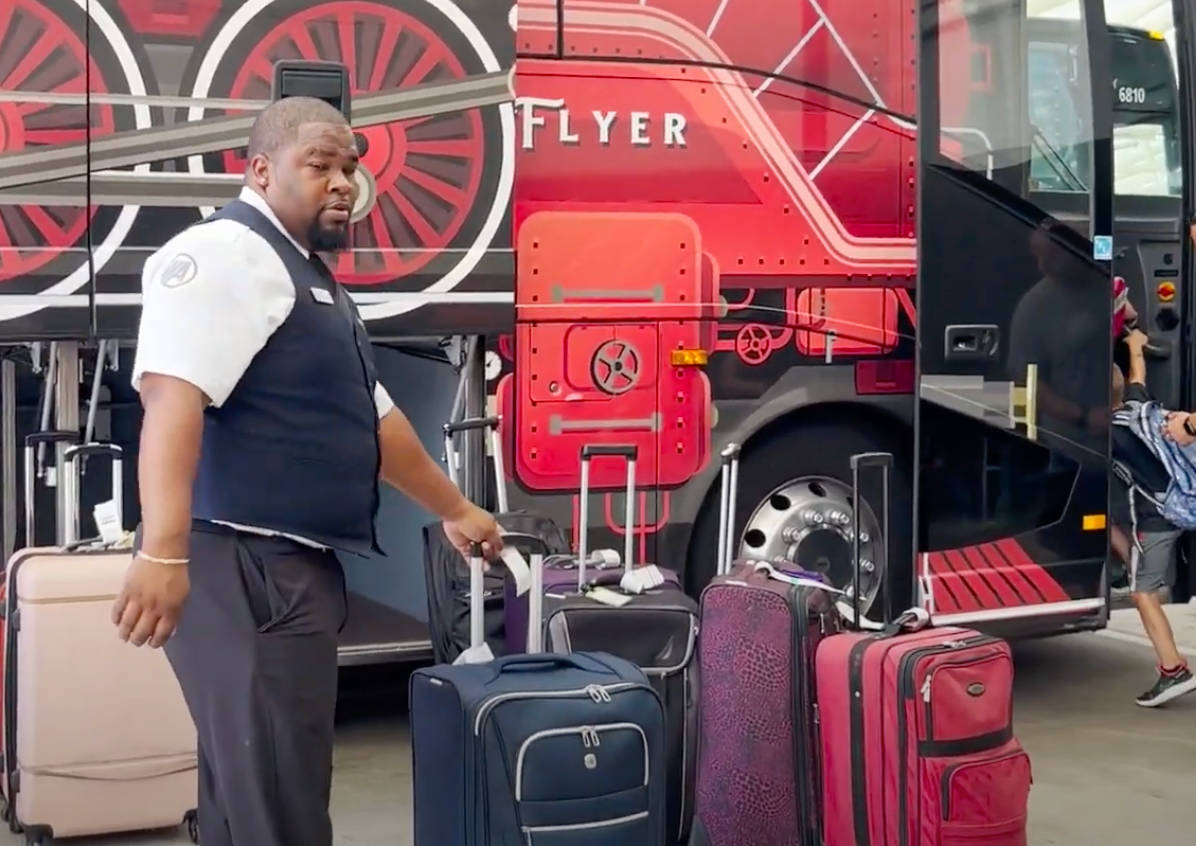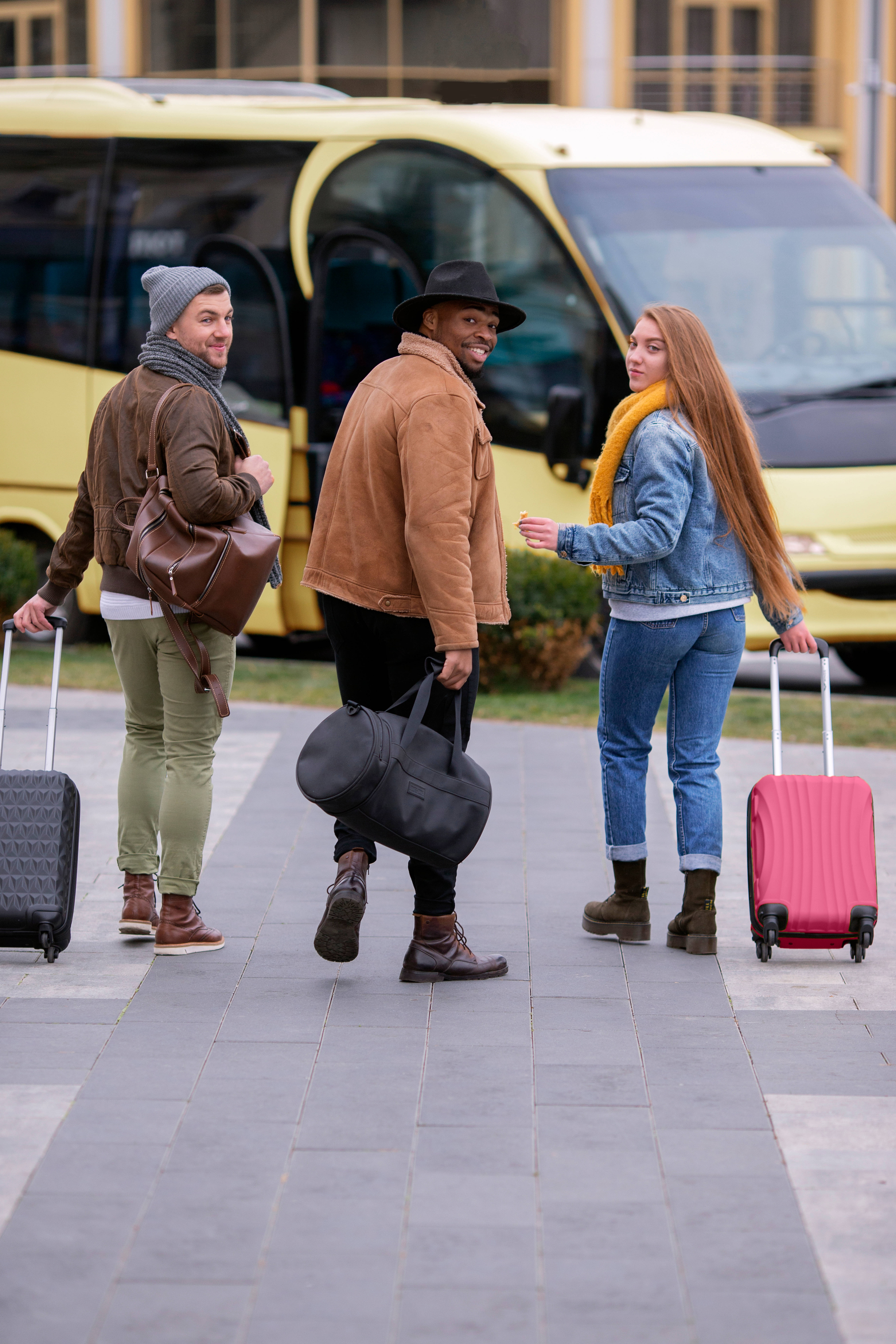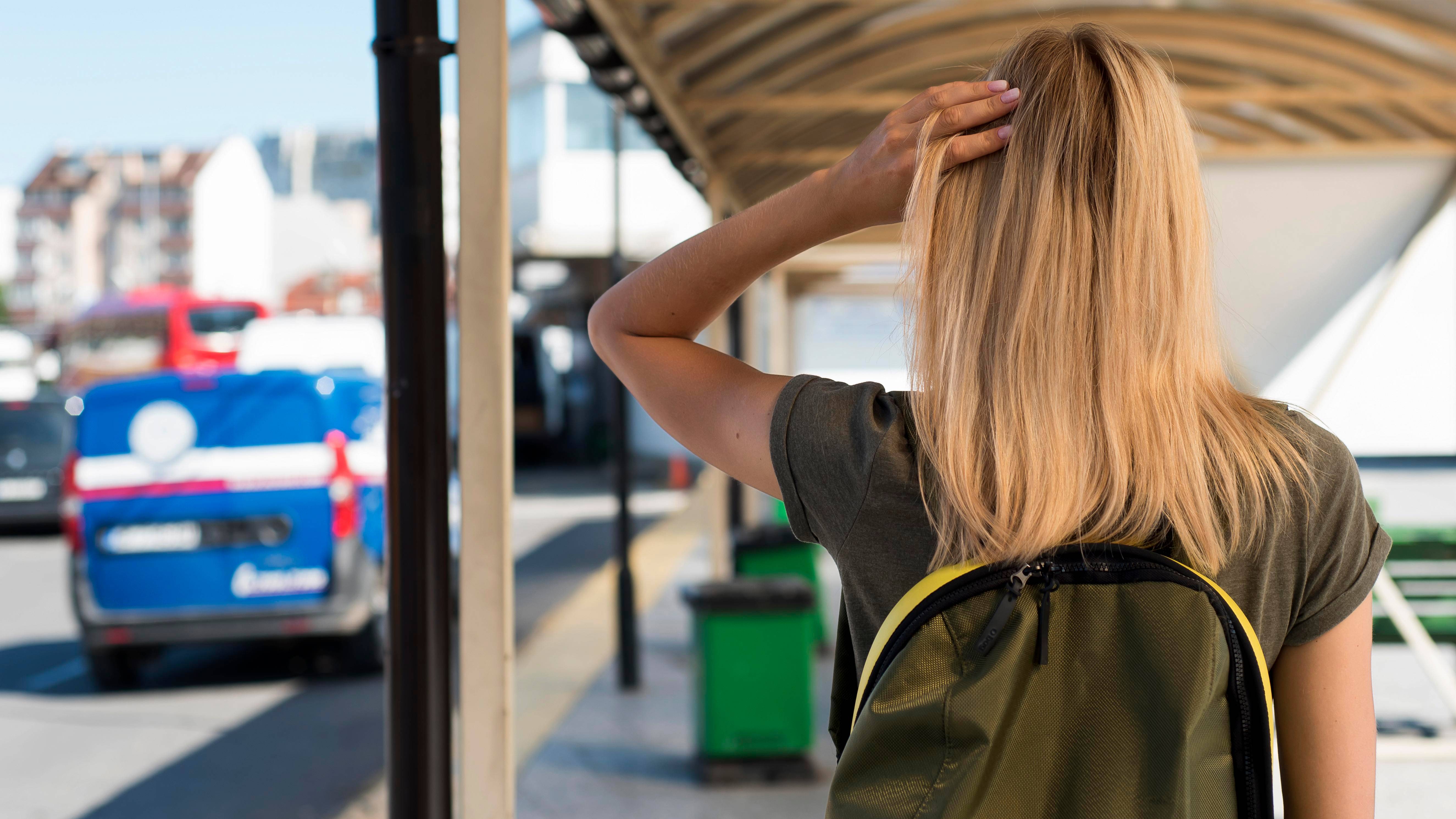Exploring Public Transportation Options to and from the Airport
When it comes to travel, the journey to and from the airport plays a crucial role in the overall experience. While I used to rely mostly on private cars and taxis for airport trips, I now try to opt for public transportation not just becuase its more cost-effective, but its environmentally friendly as well. In this article, I’ll share some of my experiences and insights into the various options for traveling between your destination and the airport, helping you start or finish your trip on the right note.
Benefits of Opting for Public Transportation
Of course, it highly depends on which airport you're flying out of/into, but there can be some significant benefit outlines here:
Eco-Friendly Travel
Ok, ok, we;ve al hear this before, but it bears repeating: using public transportation significantly reduces your carbon footprint by minimizing the number of individual vehicles on the road. Trains, buses, and shuttles are much more energy-efficient and emit fewer pollutants per passenger compared to private cars. I’ve always been happy to do my part for the environment, especially when traveling through cities like Milan, Hong Kong and Tokyo, where the rail systems are some of the most efficient and eco-friendly in the world.
Cost-Effective Solution
One of the most obvious benefits, especially for frequent travelers like myself, is the cost savings. Public transportation often costs a fraction of what you’d pay for a taxi or rideshare service. For example, when I’m in Singapore or Seoul, I can take the train to the airport for just a few dollars, which really adds up over time. If you’re like me and travel often, those savings make a big difference.
Reduced Stress
I’ve found that using public transportation allows me to relax and enjoy the journey, something I rarely get to do in a taxi or rental car where I'm constantly watching the clock or traffic. Public transit lets me unwind while someone else does the driving, and that has made a huge difference in reducing my pre-flight stress. Take, for instance, my trips through Amsterdam Schiphol or Munich Airport—getting there via train is a much calmer experience than being stuck in city traffic. That said, you do have to prepare for possible delays or service interruptions depending on location.
Types of Public Transportation to the Airport
Over the years, I’ve used a wide variety of public transportation options depending on the city and airport I’m traveling to. Here are some of the moe obviois options I’ve used:
Trains and Subways
Many of the world’s major cities have excellent train or subway connections to their airports. In my experience, cities like London and New York stand out. The Heathrow Express and the AirTrain in New York have saved me countless hours of travel time, especially during peak traffic periods (yea, good luck driving from JFK to midtown during rush hour!). The integration with the city’s broader public transport network also makes it easy to switch between trains or subways.
Buses and Shuttles
While I prefer trains when they’re available, buses and shuttles are often a reliable option, especially in places like Los Angeles or Sydney where train connections are more limited. These services are affordable, though they may take a bit longer. I’ve learned to factor in more time when using these, but it’s usually worth it for the savings.
Light Rail
Light rail is another option that I’ve come to rely on in cities like San Jose, Denver and Phoenix. These systems are fast and direct, and I’ve often found them to be more efficient than buses. Plus, they’re easy to navigate, even if you're new to the city.
Shared Ride Services
Shared rides like UberPOOL or Lyft Line offer a middle ground between public transit and private cars. I’ve used these services a lot in cities like San Francisco and Chicago when I need a cost-effective option that’s still relatively direct. It's great to know that I can share a ride with others and cut costs, while still getting where I need to go with ease.Keep in mind that rideshares like Uber are not permitted in many countires (ie Italy)
Tips for Using Public Transportation to the Airport
Plan Ahead
Planning ahead is the key to making public transportation work smoothly. I always check schedules and fares ahead of time, and use an app if its possible. In cities like Tokyo or New York, planning my route is crucial because even a small delay can mean missing a flight. Using apps like Google Maps or Citymapper has been a lifesaver in figuring out the best times and routes.
Consider Luggage
One thing I always account for is my luggage - even if I tent to travel light. Not all public transportation options are ideal when you're hauling heavy bags (or skis, etc). I’ve found that trains and subways tend to have more space for luggage than buses, but it's always a good idea to check before heading out. Once, I got caught off guard in Paris with a large suitcase and had to navigate some narrow spaces on the Metro—it wasn’t the most fun experience and it also taught to PACK LIGHTER!
Account for Time
Time is something I always build a buffer for. Trains and buses have fixed schedules, and sometimes delays happen. Whenever I’m in a city like London or Paris, I add an extra 30 minutes just in case. I’ve missed a flight or two over many years because I didn’t leave enough time, and it’s not an experience I recommend.
Stay Informed
I’ve made it a habit to stay updated on any potential disruptions. With real-time tracking apps, it’s easy to see if there’s a delay or service interruption. I’ve been saved more than once by checking an app and avoiding major delays. A little information goes a long way in keeping my travel smooth. Its also advisable to keep tracking your flight's progress if heading to the airport.
Conclusion
Public transportation has become my go-to method for airport commutes. Not only does it save money, but it’s also a stress-free and environmentally conscious choice. By considering the available options and planning ahead, I’ve found that using public transit to get to and from the airport makes my travel experience much smoother. Whether you’re a frequent flyer like me or someone who only travels occasionally, I highly recommend giving public transportation a try—it just might make your next trip a little easier.
READ MORE about tracking your flight's progress if heading to the airport.
FAQ: Public Transportation to and from the Airport
Find more help here for your journey through the airport




